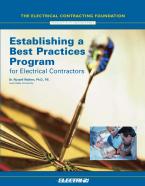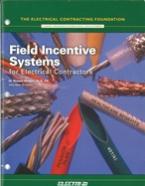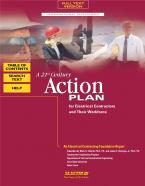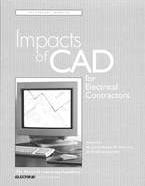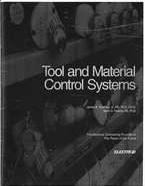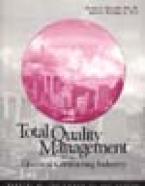Establishing a Best Practices Program for Electrical Contractors
Employees at all levels of management and labor spend a great deal of time and effort finding ways to improve their performance and the company’s performance. The motivations for this improvement can vary—they can include ensuring job security, securing a bonus, beating the competition, or improving profit margins—but these motivations do have a common thread. Improvements require measurements, and measurements are based on processes. To excel in the business world, leaders strive to have the best processes to create the best performance.
There are many obstacles to overcome when striving to discover, implement, and communicate these best processes, or, as they are also known, best practices. Management often faces the obstacle of “silo thinking” among its employees, where employees are unwilling to share their best practices with their fellow employees because they want to secure rewards for themselves. General competitiveness in the contracting industry prevents open communication within the company and between companies. The chaotic and frantic pace of the contracting business may contribute to a lack of communication between departments and employees, which is another barrier to the development of best practices programs. Obstacles such as these require a management solution.
The solution is to create a culture of knowledge management in the workplace. When problems arise with safety or quality or customer service, companies are willing to instill a culture or plan to solve the problems. When a company suffers from the inability to benefit from the knowledge that its employees possess or that the industry as a whole has to offer, a culture of knowledge management is required. In simple terms, knowledge management is dedicated to capturing, preserving, and communicating knowledge throughout a company. This can be done in a variety of ways, but the most important component is that all levels of management and labor actively participate in recording and communicating the knowledge of the employees, to whoever requires it, for the benefit of the company as a whole.
This report contains a best practices format and methodology as a starting point for this process, which can be tailored to suit particular management and work styles. Additionally, a guidebook has been incorporated to assist in organizing the best practices into an easy-to-use collection that can be updated. To help standardize the collection of best practices across all industries, a copy and discussion of the American Productivity and Quality Center (APQC) process classification framework is included. This framework is a standard format into which businesses can organize their best practices studies to allow quick referencing and sharing of information. There are many potential benefits to beginning a program of best practices. Whether the goal is to achieve a breakthrough in the industry, to outpace the competition, or simply to preserve the knowledge of an effective employee for later use, a best practices program can provide the means to accomplish it. This report gives the beginning or intermediate user of a best practices program a starting point and an organizational structure to ensure success and to help create a program that can grow as the company does.


